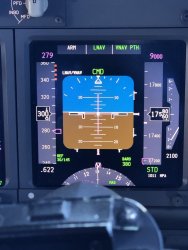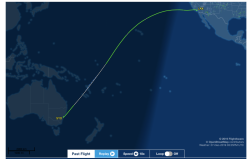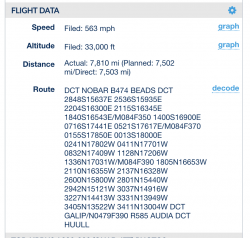Aviation Herald - News, Incidents and Accidents in Aviation

avherald.com
Some questions from this particular incident
I assume their attitude was incorrect, how easy is it to have this issue ?
The most likely cause of an overspeed in descent is running into a strongly increasing headwind (or losing a strong tailwind), whilst already fairly fast. This actually needs to be considered climbing and descending. For example, on the 767 climbing out of Perth for the east coast, you wanted to get into the very strong jet stream. The aircraft would tend to lose airspeed as you climbed into it, and suddenly gain it on descent into Melbourne. So, you could afford to climb at higher than normal IAS, whilst at the other end, descending at a lower speed worked well.
Are there different settings for the speed brakes or are they simply on or off ?
The speed brake position is not constrained to any settings. It’s quite common to select quite tiny amounts, which if you look at the wing from the cabin, only give an inch or so of rise. In the 767/747/380, if you saw the IAS starting to increase above the planned target on descent, an early selection of a small amount would generally stop it. Some 767 pilots almost habitually selected a tiny amount for all VNAV descents, and left it there as long as the aircraft was on or above the profile.
What could/should they have done ?
Firstly, it isn’t a big deal, and should not result in any hurried response. Exceeding the limit by less than about 10 knots, for only a few seconds, won’t even result in any maintenance action, just a little bit of paperwork to explain how it happened.
The 787 is an FBW aircraft, so I’d expect most secondary effects to be removed, or at least damped. But, in most aircraft, selection of speed brakes gives an initial pitch up. If the aircraft in not FBW, and is being manually flown, you need to correct for that as the panels rise. The opposite happens when they are retracted, so it’s always wise to move them over a few seconds.
In a clean descent, the aircraft pitch attitude is around 0 to -1º. Normal cruise is about 2-3º nose up. There’s a tiny pitch change between cruise and descent. Even a high speed descent (clean) is unlikely to be more than -3º of pitch. So, you simply don’t need much of a pull at all to go from the descent attitude to level flight. All that was needed was selection of the speed brakes (smoothly and not all at once), and a tiny pitch change of couple of degrees.




















